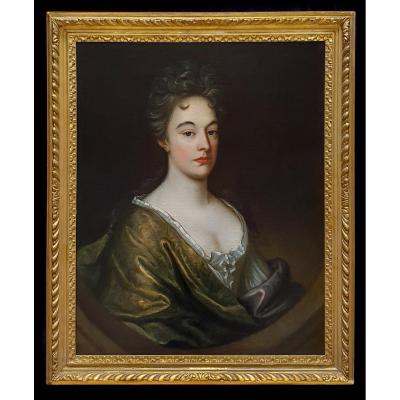This work represents the type of portrait in vogue in Britain during the 17th and 18th centuries. The portrait is datable to circa 1700 by the clothing and the ‘fontange coiffure’. This style was popular around 1700. At first the style consisted of a small pile of curled hair with ribbons and bows just above the forehead, small curls over the temples called "confidents," with long curls falling over one shoulder.
A real sense of the sitter’s penetrating character has been captured and the artist’s adeptness is evident in the handling through the face and hair. This sitter represents an appealing example from the period.
The feigned marble cartouche was employed by many artists during the 17th and 18th centuries. Jonson van Cuellen and William Larkin were one of the earliest proponents of the feigned oval and stone cartouche – but this format was used by many artists.
Presented in an antique gilded frame.
Sir Godfrey Kneller (1646-1723) was born in Germany but trained in Amsterdam and studied in Italy before moving to England in 1676. Towards the end of the century, after the deaths of Peter Lely and John Riley, Kneller became the leading portrait painter in Britain and the court painter to English and British monarchs from Charles II to George I. He dominated English art for more than thirty years. His over 40 "Kit-cat portraits" and the ten "beauties" of the court of William III are most noteworthy.
Provenance: Plaish Hall - Shropshire’s first significant brick and stone-built house. Reconstructed at the end of Henry VIII’s reign from parts of an earlier stone building (possibly a castle or fortified manor house in existence since 1255) for Sir William Leighton (died 1607). Leighton was Chief Justice and a scion of the ancient Welsh Border family who were represented at Agincourt. Of particular note are the stunning chimneys, which are thought to have been based on those of King Henry VIII's Hampton Court and are considered to be some of the finest in the country. At the heart of the H-shaped manor house is an imposing central great hall, lit by stone mullion windows.
Measurements: Height 88cm, Width 73cm, Depth 5cm framed (Height 34.5”, Width 28.75”, Depth 2” framed)





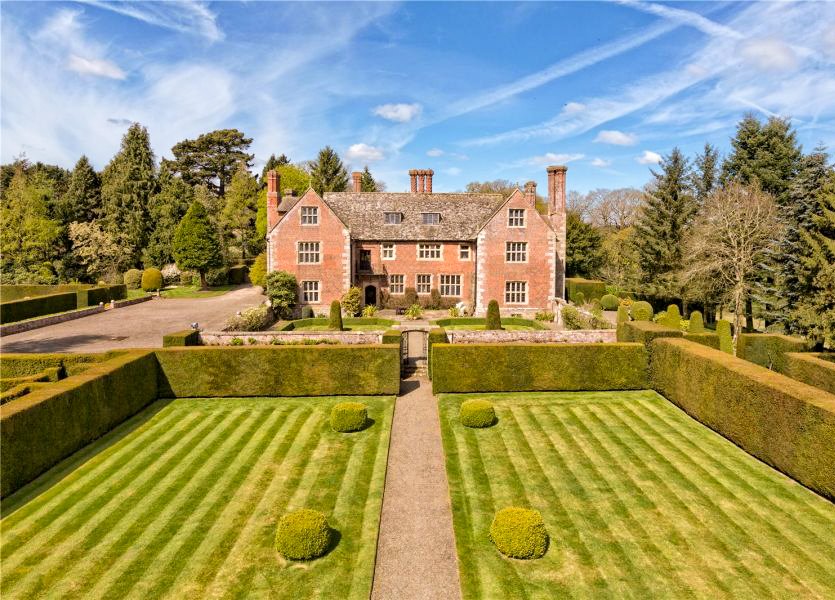

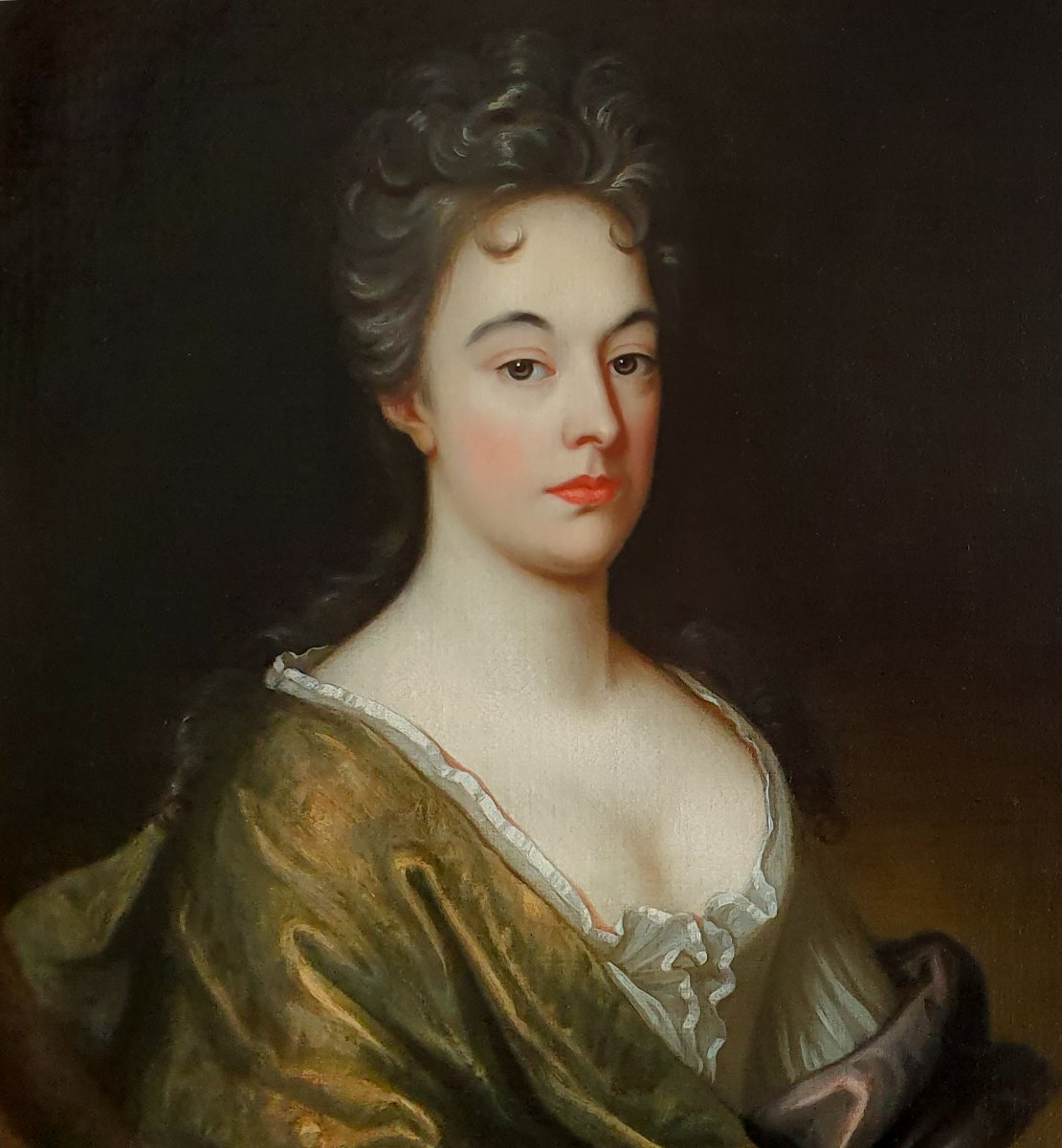

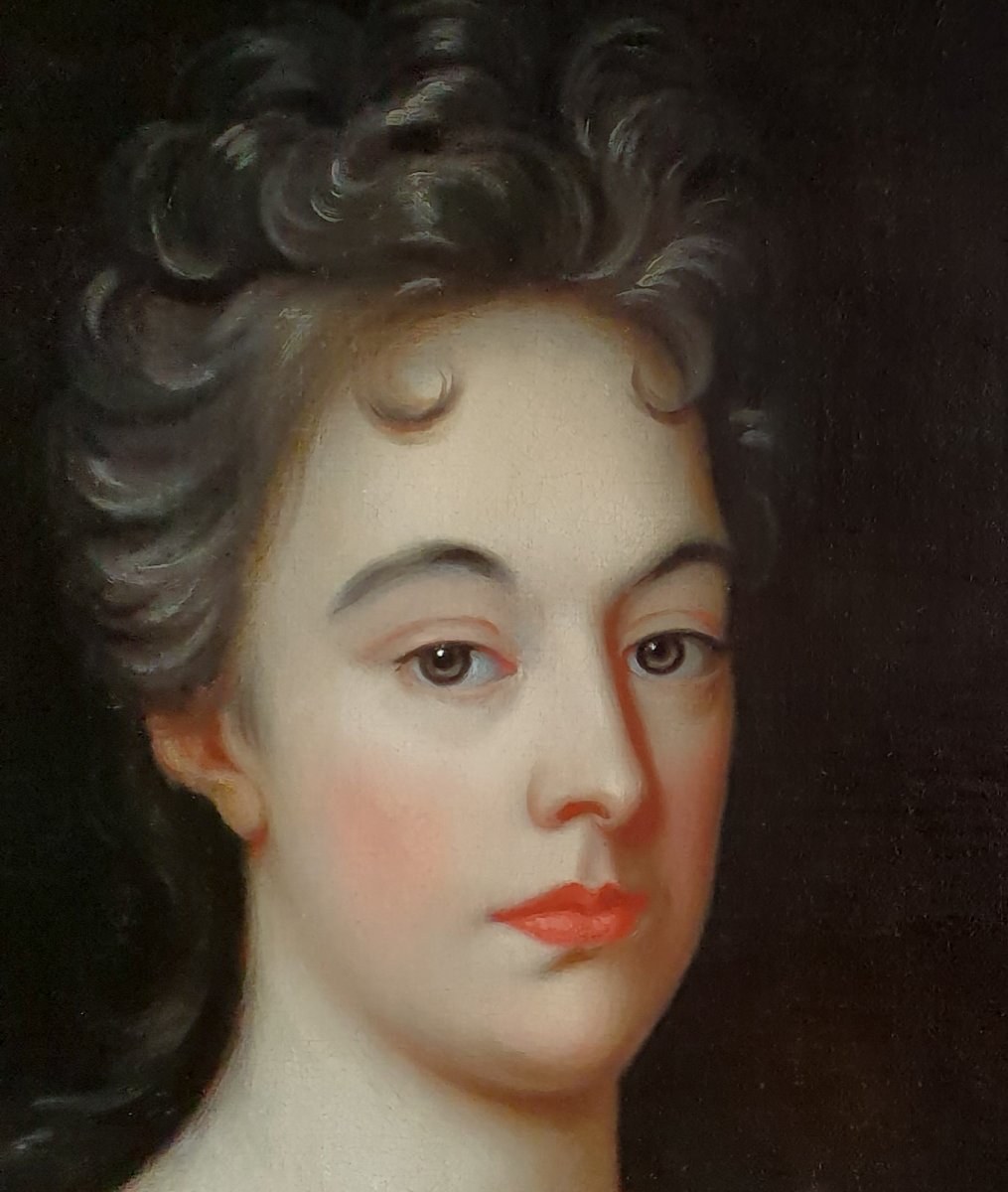
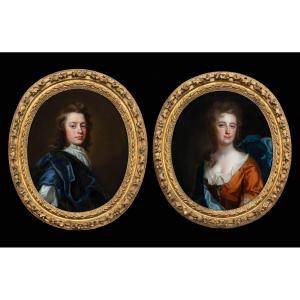
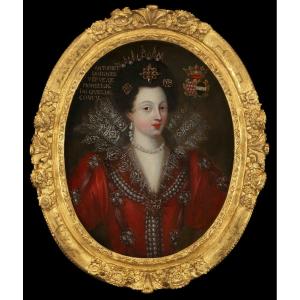

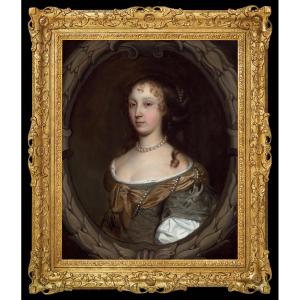
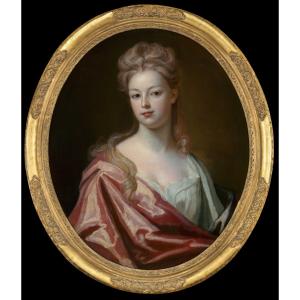
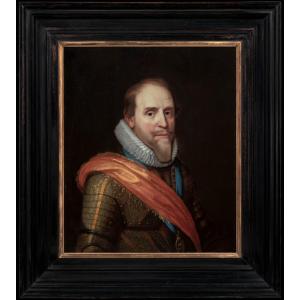

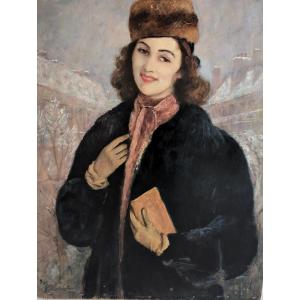
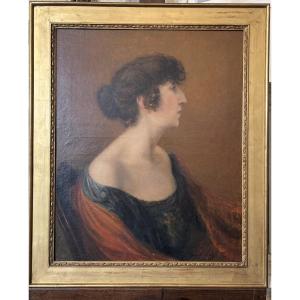
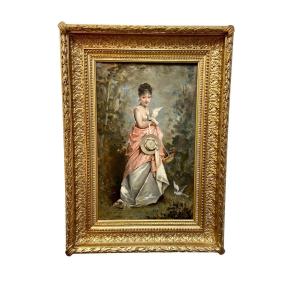





 Le Magazine de PROANTIC
Le Magazine de PROANTIC TRÉSORS Magazine
TRÉSORS Magazine Rivista Artiquariato
Rivista Artiquariato
